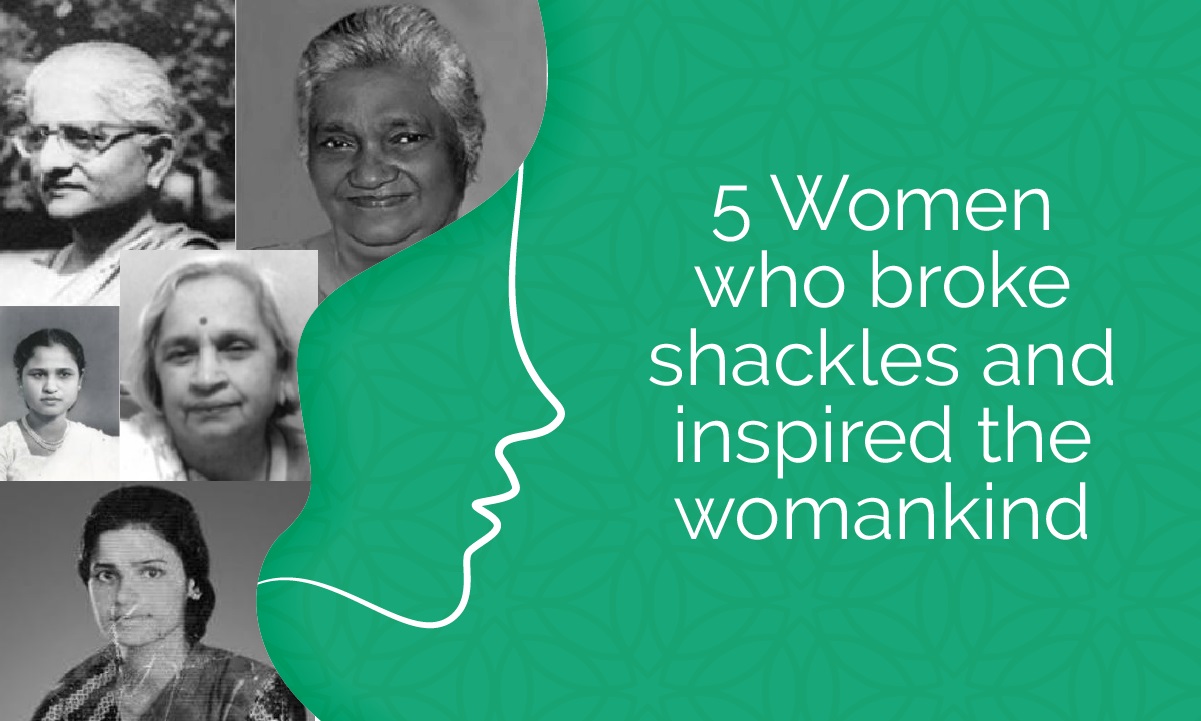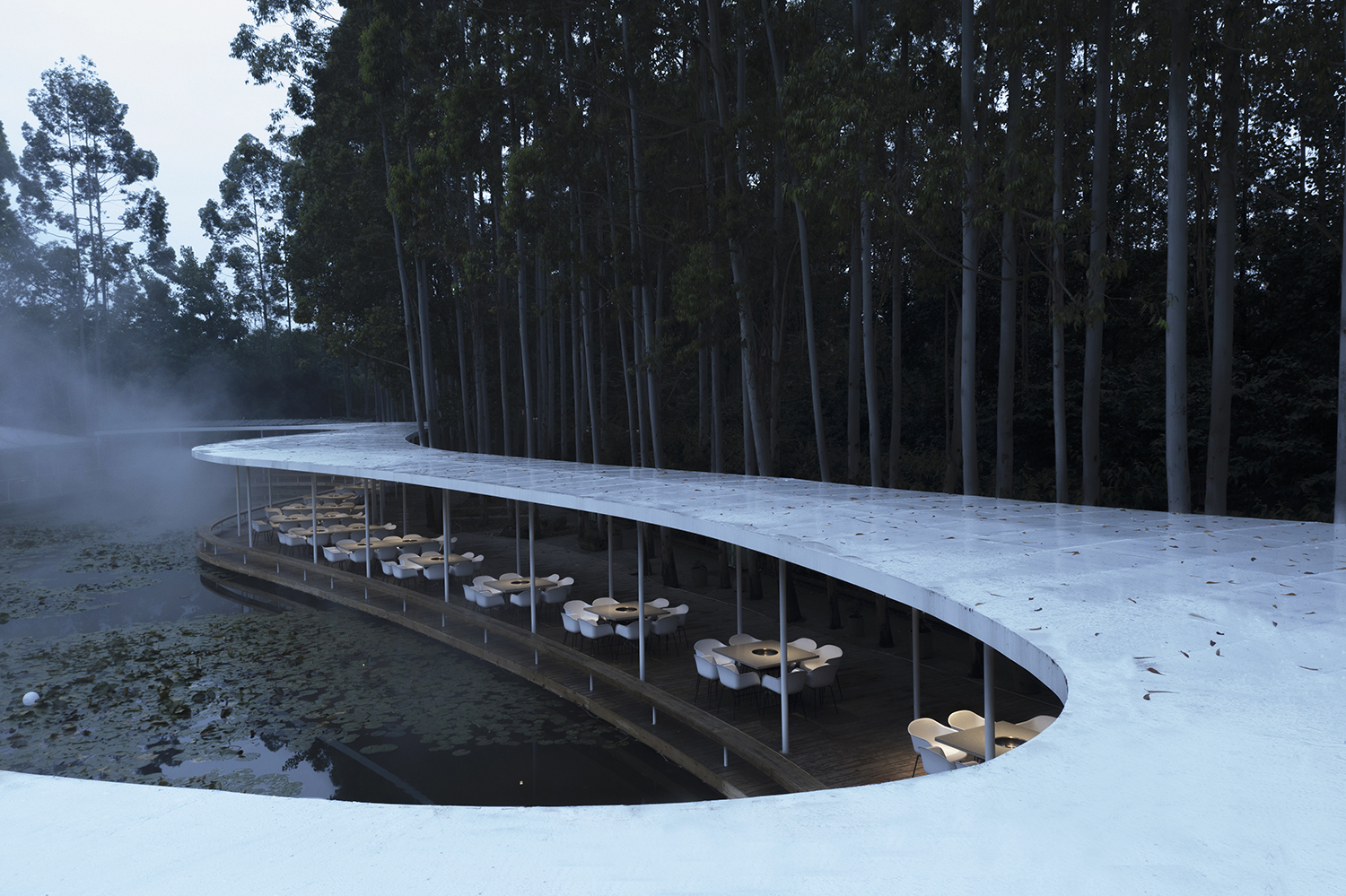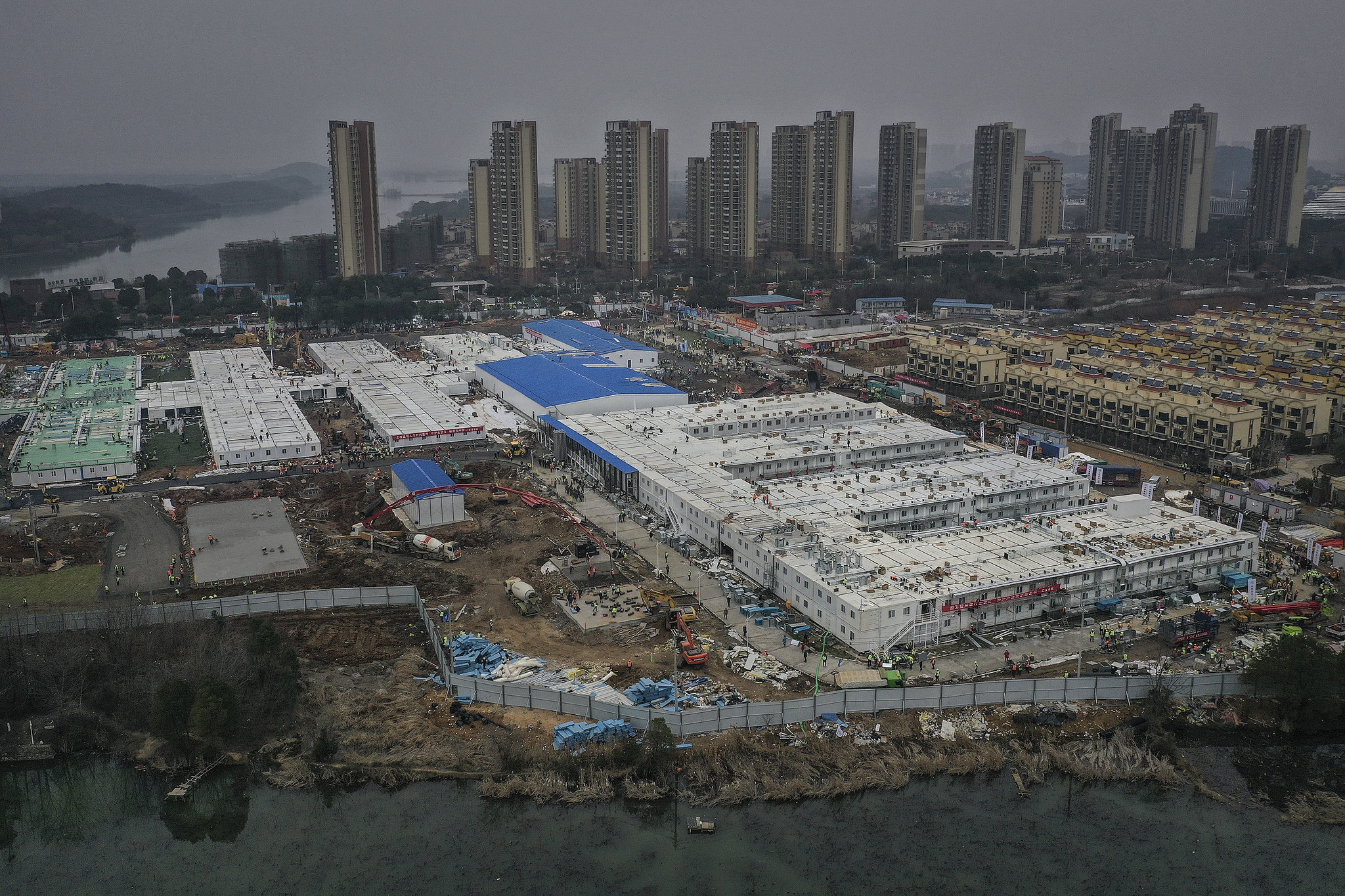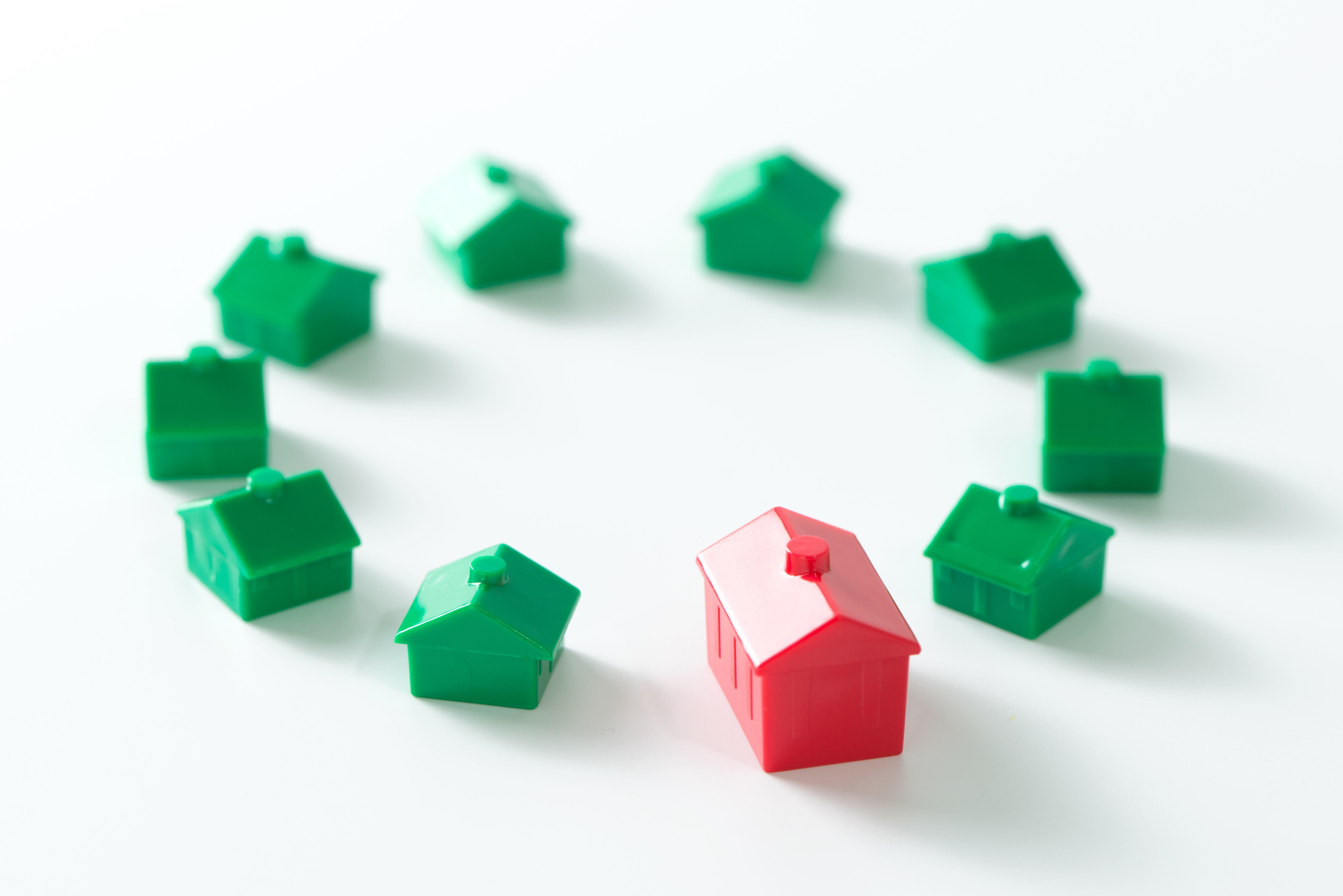Most of the ancient temples all across India are standing erect and strong for centuries. The most notable marvel of India was built with the intent to enshrine the image of the deity. One of the common things these seven temples share is their building material. Architects of all of these temples have used clay bricks in construction.
Clay bricks are one of the oldest and most durable building material of human civilization since centuries. Clay bricks were found as building material at most ancient shrines and archaeological sites in India. Pre-Cristian sites of Buddhist period can still be found having clay bricks at places like Sarnath near Varanasi as also at Shravasti and Kushinagar in Uttar Pradesh.
Look at the seven ancient temples of India made of clay:
minimally 1. Gangaikonda Cholapuram
Location: Ariyalur District, Tamilnadu
Year of Construction: construction started in 1020 and completed in nine years.
 Image Source: indiamike.com
Image Source: indiamike.com
This temple is dedicated to Lord Shiva. The temple was constructed by a Chola king, Rajendra Chola, son of Rajaraja Chola. The temple is made of fairly large bricks made of burnt clay.
http://commervanspares.co.uk/shop/engine-transmission/electrical/starter-motor 2. Sarnath temple
Location: near Varanasi, Uttar Pradesh
Year of construction: In 1922
Ebute Ikorodu 1 mês de namoro o que fazer  Image Source: trekearth
Image Source: trekearth
Sarnath is one of the most important Buddhist pilgrimage centres of India. The construction material used in building this temple consists of shells. The shell consists of concentric rings of brickwork laid in clay and faced in plaster
3. Jor-Bangla Temple
Location: Bishnupur, Bankura District, West Bengal
Year of Construction: 1655 AD
 Image Source: harekrsna
Image Source: harekrsna
Jor Bangla also known as Char Chala or Yorubanglan is a temple which resembles styles of two structures. One of a traditional village mud huts of the region and the other style is similar to that of a Shrine. It was constructed by King Raghunath Malla Dev (Raghnath Singha 1)
4. The Shyam Rai Temple
Location: Bishnupur, Bankura district, Bengal
Year of construction: 1643
Image Source: staticpanoramio
The Shyam Rai temple has a strong intensity even when it was built centuries ago. The material used consists of clay bricks. It was built by King Raghunatha Singh in honour of Lord Vishnu’s form, Lord Krishna.
5. Dutta Para Nabaratna Temple
Location: Joypur, Bishnupur
Year of construction: 18th – 19th century
Image Source: blogspot
The architecture of this temple includes clay brick. It is a terra Cotta temple. Dutta Para Nabaratna Temple is an age old temple which has rich terra cotta carvings on it, adding to its beauty.
6. Rashmancha Temple
Location: Bishnupur, Bankura, West Bengal
Year of Construction: 18th – 19th century
 Image Source: indiam
Image Source: indiam
The Rashmancha temple is to put idols of the deity Krishna during the festival Rash. It was built by King Veer Hambir in 1600 AD. Since, good quality clay is simply available in the local market in ample amount, it was used to make bricks and terracotta plaques. These were used in the construction of the temple and decorative images.
7. Gokulchand Temple
Location: Gokulnagar, Bengal
Year of Construction: 1643
Image Source- harekrsna.com
Due to the shortage in supply of stone in the vast floodplains of Bengal, the architects had to look for another substitute. Since the clay was effortlessly available, the burnt clay bricks soon became a good substitute. This gave birth to a new form of temple architecture. It helped in the construction of an elaborately decorated terracotta temple. This temple was constructed by Malla king, Raghunath Simha I.
The method of constructing temples using material involving is ancient and durable in comparison to the modern technology involving clay-bricks, cement and mortar used to construct edifices. The everyday hassles of life and natural calamities have made one, unsure about the intensity of construction material used in building the house or apartment. With the pace of life he can take into account only the usual construction material used and have fixed durability. On the other hand, one can see the historical temples which were built decades or centuries ago, standing erect without much of difference to them in hard times as well.
Authored by a Building Expert from Wienerberger India
For an expert advice, drop a word at our email id gosmartbricks@gmail.com











